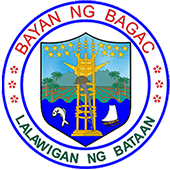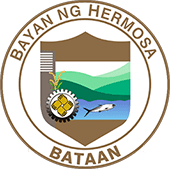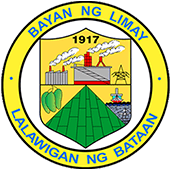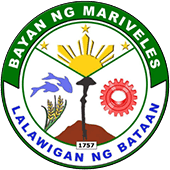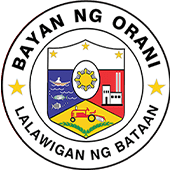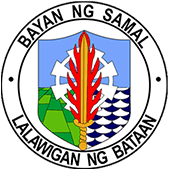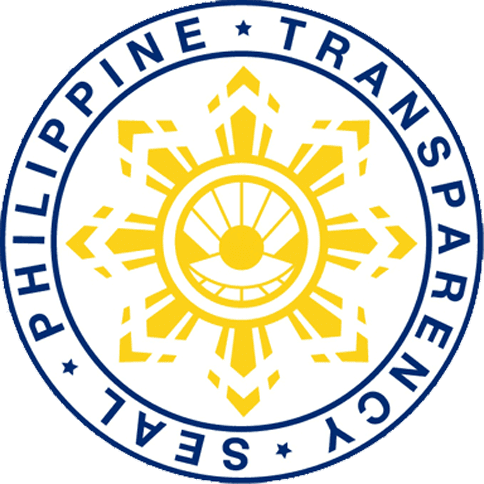City of Balanga
- Home
- City of Balanga
A Brief History of City of Balanga
Legend
It is said that the name “Balanga” was derived from a kind of pot used for cooking or fetching water. This cooking pot is made of special clay and it is locally known as “banga” or “balanga”. During the Spanish occupation people of this community often use this pot for fetching water and the Spaniards would ask what they call it, and they would answer, “Banga”. The Spaniards would repeat the word until they adopt the name of the community. From then on this place was called Balanga.
Background
Balanga, the capital town of Bataan, was formerly a visita of Abucay before it was established as a mission of the Dominican Order in the Provincial Chapter on April 21, 1714 and later declared a vicariate on April 18, 1739, under the patronage of Saint Joseph.
Balanga is bounded on the north by Abucay; on the east by Manila Bay; on the west by the mountains of Bagac and Morong; and on the south by Pilar, that is separated from it only by the river Talisay, which starts in the mountains of Mariveles and travels from the southwest to the northeast direction. The town is situated on a low plain and during the rainy season.
Despite the ravages of fire, balanga has many large structures. One of the oldest provincial government buildings in the archipelago is found in this town. It was erected in 1729.
Elected Officials
Mayor: Raquel Francis D. Garcia
Vice-Mayor: Francis Anthony S. Garcia
Sangguniang Bayan Members:
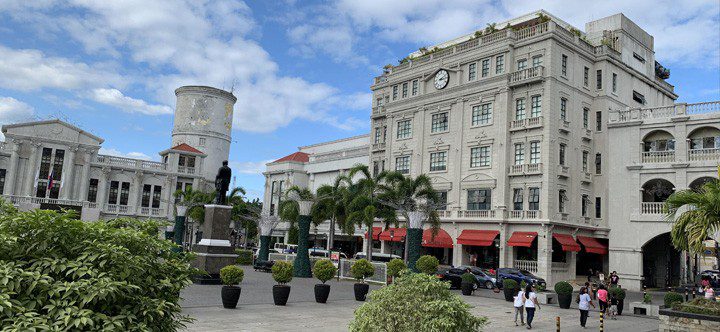

Contact Us
PRESENT
Balanga is one of the richest towns in Bataan. Agriculture has always been its chief industry. Fishing also provides a steady source of income, especially for those who lived in barrios near the sea or near the rivers Ogon or Talisay. And this is especially true for Sibacan and Puerto Rivas.
Different establishments have then set up their businesses here. Now, Balanga which will be the host of Arellano Law School is a booming municipality being the center of trade and industry, and the seat of government in Bataan.
FAST FACTS
Balanga is located 124 kms. Away from Manila and can be reached via 2 major roads – the National Road and roman Superhighway. It can also be reached through the Orion Port via ferry service followed by a 15-minute drive from Orion to Balanga.
Balanga is the capital of Bataan and covers an area of 11,163 hectares and the third largest municipality in the province with 25 barangays.
As of May 2020 (2021 SOCIO-ECONOMIC PROFILE 2023), the city had a population of 104,173 and an average annual growth rate of 1.722%. By 2023, it is estimated that the population will reach 109,647.
Balanga’s resources are mostly agricultural in nature like palay production, sugarcane, corn, coconut, fruits and vegetables, and fish products like milkfish, tilapia, shrimps, prawns, crabs, oysters, and other shelled seafood.
UTILITIES AND AMENITIES
Peninsula Electric Cooperative (PENELCO) supplies electricity to the whole of Balanga.
Telecommunication facilities are made available by the local exchange of the PLDT and DIGITEL whose lines extend to Abucay in the North and Pilar, Orion, Limay in South. Water is supplied by the Balanga Water District.
Postal and telegraph services are provided by the Philippine Telegraph and Telephone (PT & T), Radio Communications Philippines, Inc. (RCPI), Telefast, DHL, JRS, and LBC.
A total of 35 banks are operating in Balanga City, 5 Rural Health Units, 33 Medical Hospitals & Laboratory Clinics, 28 Dental Clinics, 9 Optical Clinics, and 26 other Medical Services. Balanga City also has 16 hotels, 5 inland resorts, and 15 recreational facilities (2021 SOCIO-ECONOMIC PROFILE 2023).
PALAY PRODUCTION
As of 2021 (2021 SOCIO-ECONOMIC PROFILE 2023), the effective rice production area encompasses 1,954.27 hectares, which yields an estimated 8,447.83 metric tons or 183,648 cavans of rice. On average, the production is calculated to be 4.32 metric tons per hectare of rice-land or 94 cavans.
AQUACULTURE
The area dedicated to aquaculture in total is 310.61 hectares (2021 SOCIO-ECONOMIC PROFILE 2023), which is broken down into 32.2 hectares of freshwater fishponds, 276.51 hectares of brackish water fishponds, 1.4 hectares of mussel farms, and 0.5 hectares for a hatchery.
FISHERIES
The City of Balanga has a total of 1,535 full-time fishermen (2021 SOCIO-ECONOMIC PROFILE 2023). They operate 238 motorized boats and 27 non-motorized boats. The fisherfolk have access to a shared fish port and ice plant/cold storage, which support the post-harvest fish processing industry, which includes 39 smoking facilities, 16 drying facilities, 8 salting facilities, and 8 value-adding facilities.
INVESTMENT OPPORTUNITIES
As an offshoot of continued progress and development in the province resulting from a continuous offer of outstanding incentives to investors, Bataan’s capital, Balanga City has a growing demand for real estate, including residential and commercial properties for apartments, condominiums, convention centers and office spaces.
As industrial parks and FAB Expansion zones can also be found in Balanga City, more investment opportunities open up. Education-related businesses are also booming as it is home to popular review centers, co-working spaces, universities, and colleges. The transportation business is also a potential industry as the province is pursuing the setting up of an environment-friendly transportation system in the city.
The Bunker
@ The Capitol Compound
Tenejero, Balanga City, Bataan 2100
Mon – Fri: 8:00 am – 5:00 pm



